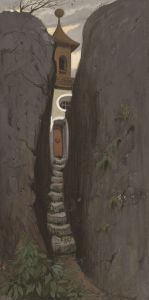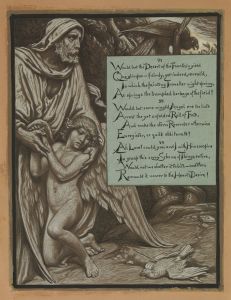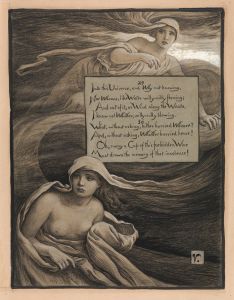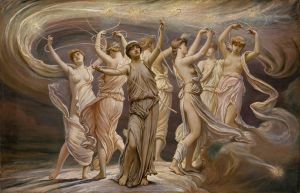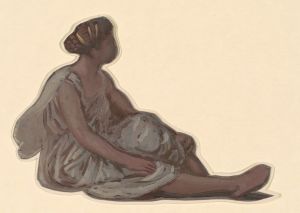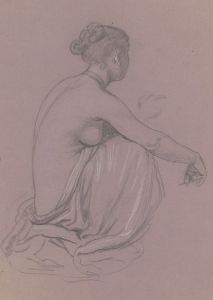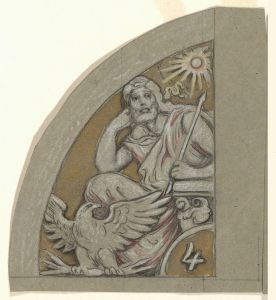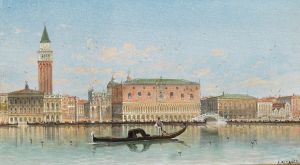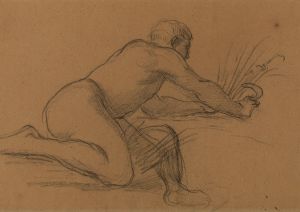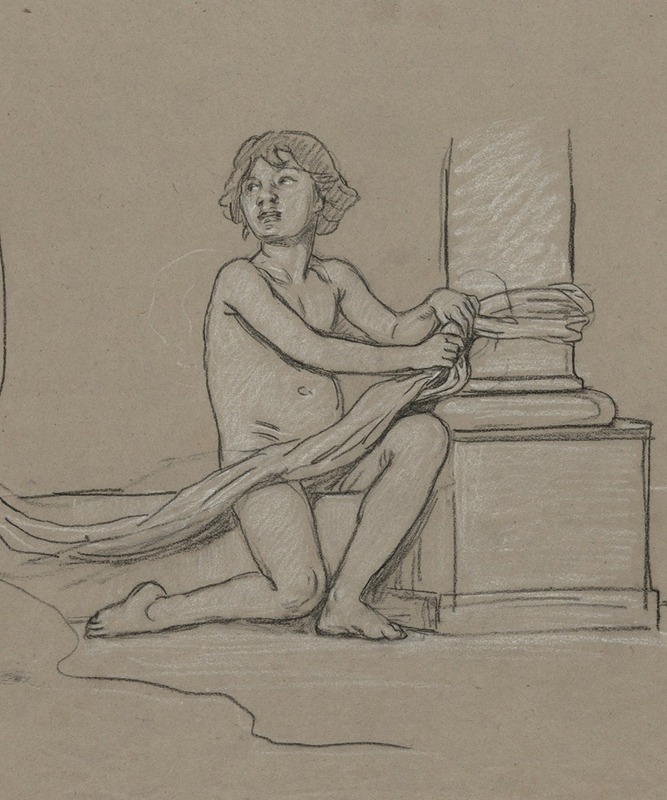
Study for Young Boy Crouching Next to Column
A hand-painted replica of Elihu Vedder’s masterpiece Study for Young Boy Crouching Next to Column, meticulously crafted by professional artists to capture the true essence of the original. Each piece is created with museum-quality canvas and rare mineral pigments, carefully painted by experienced artists with delicate brushstrokes and rich, layered colors to perfectly recreate the texture of the original artwork. Unlike machine-printed reproductions, this hand-painted version brings the painting to life, infused with the artist’s emotions and skill in every stroke. Whether for personal collection or home decoration, it instantly elevates the artistic atmosphere of any space.
Elihu Vedder (1836–1923) was an American symbolist painter, poet, and illustrator, best known for his mystical and allegorical works. Among his lesser-known pieces is Study for Young Boy Crouching Next to Column, a preparatory drawing or study that reflects Vedder's interest in classical themes and the human figure.
This artwork is a study, meaning it was likely created as part of Vedder's process to explore composition, anatomy, or thematic elements for a larger or more finished work. The piece depicts a young boy crouching beside a column, a pose that suggests introspection or contemplation. The column, a recurring motif in classical art, may symbolize strength, stability, or a connection to ancient traditions, though the specific intent behind its inclusion in this study remains unclear.
Vedder's artistic career was heavily influenced by his time in Europe, particularly Italy, where he lived for much of his life. His exposure to classical art and Renaissance masters is evident in his works, including this study, which demonstrates a focus on the human form and its relationship to architectural elements. The careful attention to the boy's posture and the interplay of light and shadow reflects Vedder's skill as a draftsman and his dedication to preparatory work as a foundation for his finished pieces.
The medium of Study for Young Boy Crouching Next to Column is not definitively documented, but it is likely a drawing in pencil, charcoal, or chalk, as such materials were commonly used for studies during Vedder's time. The dimensions and current location of the piece are also not widely recorded, suggesting it may reside in a private collection or remain part of an archive of Vedder's preparatory works.
While this study is not as famous as Vedder's major works, such as his illustrations for The Rubaiyat of Omar Khayyam, it provides insight into his artistic process and his engagement with classical themes. Vedder's ability to capture the human form with sensitivity and precision is evident in this piece, even in its unfinished state.
Due to limited documentation and public access to this specific work, further details about its creation, purpose, and historical context remain sparse.





